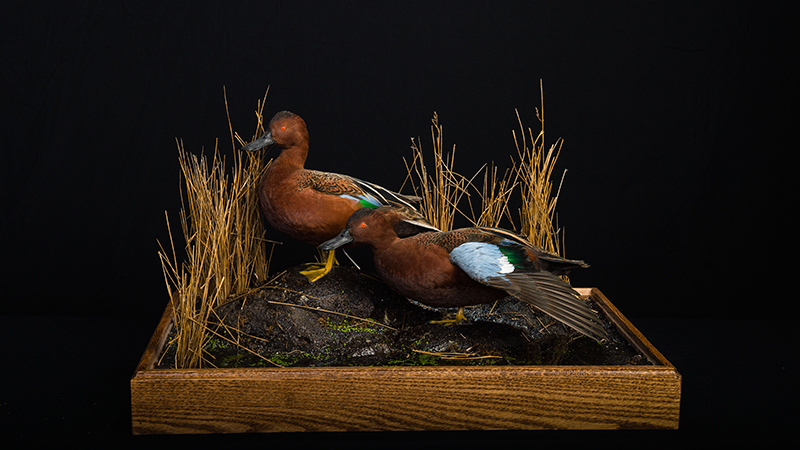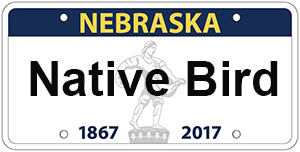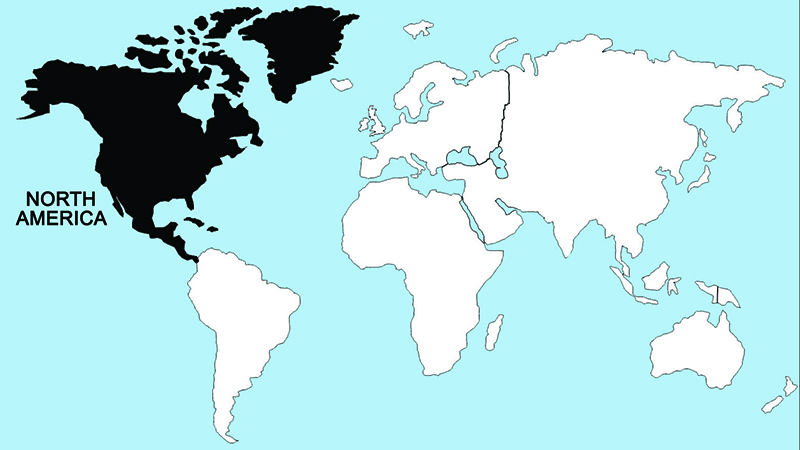Cinnamon Teal

People living from the Great Plains west to the Pacific coast in North America are most likely to see this attractive little duck, although other races live in the Andes and Patagonian lowlands of South America. In the western United States, the cinnamon teal and the blue-winged teal coexist in apparent harmony, but they must compete to some degree for food, and males will even occasionally court females of the other species. The cinnamon teal has a slightly longer bill than the blue-wing, and this difference, plus a generally more rusty plumage, often helps to identify it correctly in the field. The upper wing patterns of both sexes are exactly like the blue-winged teal's, associating it not only with that duck but also with the several species of shovelers. The cinnamon teal's long and slightly "droop-tipped" bill also shows this ancestral affinity.
The cinnamon teal seems to be most abundant on the rather alkaline shallow marshes of the western inter-mountain plains, where saltgrass cover provides it with limited nesting protection. For this reason, islands having high grassy cover are preferred for nesting sites. The male occasionally abandons his mate about the time that the clutch of 9–10 eggs is completed. Incubation lasts 23–25 days, and 35 days are needed to bring the young to fledging.
Regions Birds Are Found


Collection Location & Year
Argentina 2000
Taxonomy
| Order | Anseriformes |
|---|---|
| Family | Anatidae |
| Tribe | Anatini |
| Species | Anas |
| Genus | cyanoptera |
Gender
Male
References
- Johnsgard, P. A. 1975a. North American Game Birds of Upland and Shoreline. Lincoln, NE: Univ. of Nebraska Press.
- Johnsgard, P. A. 1978. Ducks, Geese and Swans of the World. Lincoln, NE: Univ. of Nebraska Press.
- Elliot, A., J. del Hoyo, J. Sargatal, and C. Imboden, eds. 1992. Handbook of Birds of the World. Vol. 1 (Ostriches to Ducks). Barcelona, Spain: Lynx Editions.
- Kear, J. 2005. Ducks, Geese and Swans. London, UK: Oxford University Press.